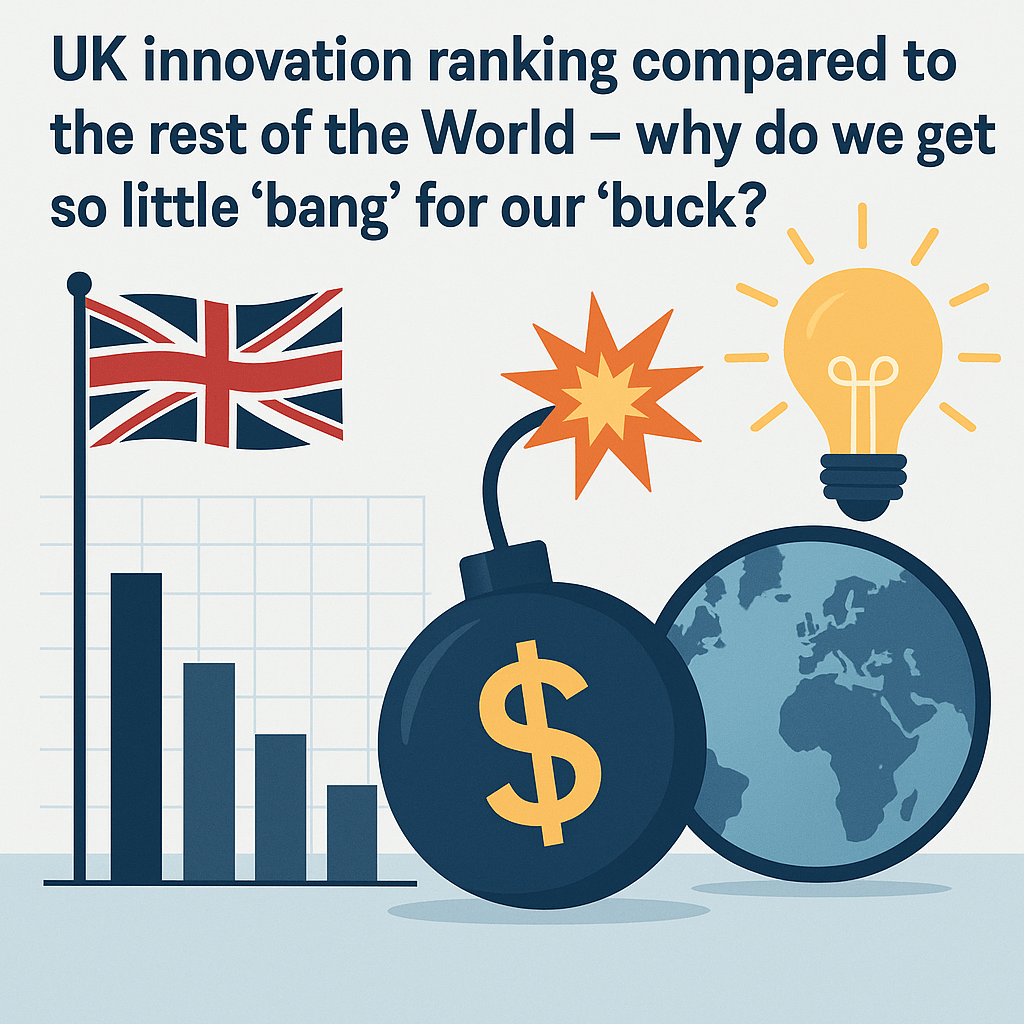Wow! The BCS Enterprise Architecture Speciality Group has secured John Zachman, the de facto father of Enterprise Architecture, and creator of the “Zachman Framework for Enterprise Architecture” (ZFEA), to speak at its next event on Tuesday the 6th of October: Talk about a major coup. The BCS EA SG is really getting busy and is the fastest growing BCS Speciality Group I’ve seen so far, with 750+ members, and is gaining new members on a daily basis.
Come along and see John speak about “Enterprise Design Objectives – Complexity and Change”, at the Crowne Plaza Hotel, 100 Cromwell Road, London SW7 4ER on Tuesday the 6th of October, 2009. You can register your place here: https://www.ea.bcs.org/eventbooking/showevent.php?eventid=esg0908
Of course, a serious advantage of the BCS EA SG is that it is framework agnostic, and as such can look at best practices and framework capabilities from across the EA community. In fact, less than six months ago a preceding event was an update on the recently released TOGAF 9 standard from the Open Group (typically seen as one of the other major Frameworks, alongside ZFEA, although you often encounter Organisation using a blended, best-of-breed, approach when it comes to EA implementation).
The BCS EA SG has got some other great events lined up, and I’m especially looking forward to hearing “Links with other IT disciplines such as ITIL and strategy” on Tuesday the 15th of Decemeber, 2009, over at the BCS London head quarters at 5 Southampton Street, London WC2E 7HA. Details of this event are still being confirmed, but it’ll be great to see how thoughts on mapping major capabilities to EA match with my own (I’ve been doing rather a lot in terms of co-ordinating EA, Service Management and Portfolio Management lately). Plus since TOGAF 9 removed the genuinely useful appendices showing mappings between TOGAF, ZFEA, and other disciplines and frameworks, promising to have them published as stand alone white papers, it’s great to know that experience and knowledge in this important area has not been forgotten and in fact is being collated and compiled by the BCS EA SG team.
I’m really looking forward to seeing John speak on the 6th and if you can make it I hope to see you there too! And please do come over and say “Hi” if you get chance.
- Recovered link: https://horkan.com/2009/09/17/john-zachman-bcs-enterprise-architecture
- Archived link: https://web.archive.org/web/20100531083459/https://blogs.sun.com/eclectic/entry/john_zachman_bcs_enterprise_architecture
- Original link:
https://blogs.sun.com/eclectic/entry/john_zachman_bcs_enterprise_architecture




